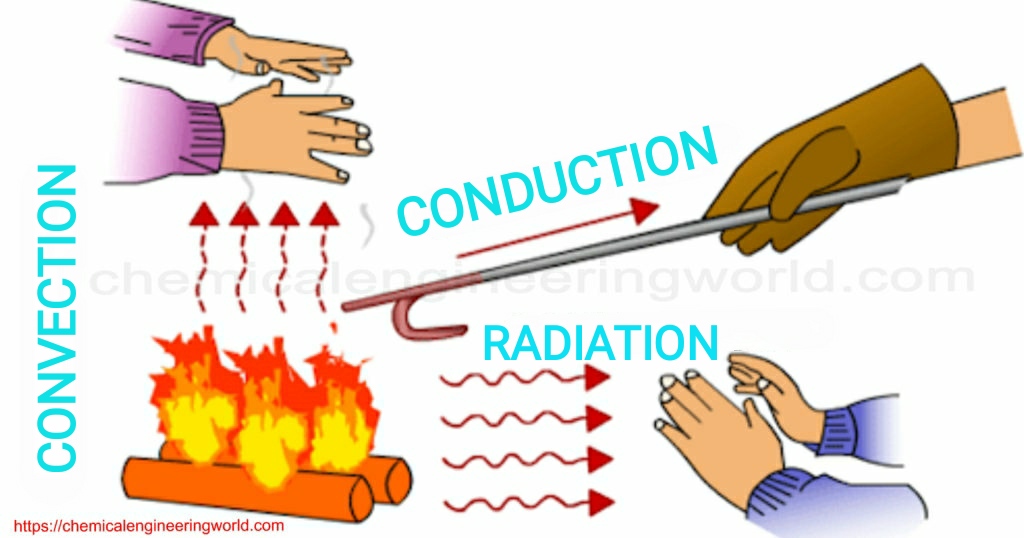
It should be noted that from a strictly nuclear standpoint, there is theoretically no upper limit to the reactor thermal power, which can be attained by any critical reactor having sufficient excess of reactivity to overcome its negative temperature feedbacks. The nature and operation of this coolant system is one of the most important considerations in the design of a nuclear reactor. The heat transfer must be equal to or greater than the heat generation rate or overheating and possible damage to the fuel may occur. This is accomplished by passing a liquid or gaseous coolant through the core and through other regions where heat is generated. Therefore we have to start by the reactor heat generation and removal from the reactor.įor a reactor to operate in a steady state, all of the heat released in the system must be removed as fast as it is produced. The density of the energy generation is very large and this puts demands on its heat transfer system (reactor coolant system). But in nuclear power plants reactors produce enormous amount of heat (energy) in a small volume.
HEAT TRANSFER GENERATOR
As is typical in all conventional thermal power stations the heat is used to generate steam which drives a steam turbine connected to a generator which produces electricity. The heat source in the nuclear power plant is a nuclear reactor. A nuclear power plant (nuclear power station) looks like a standard thermal power station with one exception. It is an illustrative example, data do not represent any reactor design.ĭetailed knowledge of heat transfer mechanisms is also essential for reactor engineers as well as all other engineers. Heat transfer is commonly encountered in engineering systems and other aspects of life, and one does not need to go very far to see some application areas of heat transfer. Heat Transfer in Nuclear Engineering – Application From the thermodynamic point of view, heat flows into a fluid by diffusion to increase its energy, the fluid then transfers (advects) this increased internal energy (not heat) from one location to another, and this is then followed by a second thermal interaction which transfers heat to a second body or system, again by diffusion. At this point, we have to add a new mechanism, which is known as advection (the transport of a substance by bulk motion). In engineering, the term convective heat transfer is used to describe the combined effects of conduction and fluid flow. The engineering thermodynamics might better be named thermostatics, because it describes primarily the equilibrium states on either side of irreversible processes. Heat transfer is primarily interested in heat, which is the form of energy that can be transferred from one system to another as a result of temperature difference. We can recall from thermodynamics that energy exists in various forms.

But in engineering, we are often interested in the rate of heat transfer, which is the topic of the science of heat transfer. It studies the effects of work, heat and energy on a system as a system undergoes a process from one equilibrium state to another, and makes no reference to how long the process will take. Thermodynamics is the science that deals with energy production, storage, transfer and conversion. Radiation is heat transfer by electromagnetic radiation, such as sunshine, with no need for matter to be present in the space between bodies. Heat convection occurs when bulk flow of a fluid (gas or liquid) carries heat along with the flow of matter in the fluid. Heat convection depends on motion of mass from one region of space to another. When an object is at a different temperature from another body or its surroundings It is the direct microscopic exchange of kinetic energy of particles through the boundary between two systems. Heat conduction, also called diffusion, occurs within a body or between two bodies in contact. Heat transfer is usually classified into various mechanisms, such as:


In power engineering it determines key parameters and materials of heat exchangers. Heat transfer is an engineering discipline that concerns the generation, use, conversion, and exchange of heat (thermal energy) between physical systems.


 0 kommentar(er)
0 kommentar(er)
